Connor Street: Made by Many Hands
5. Making the Walls Together
The following text is the fifth and final in a series by architect Kieran Hawkins, Director of Cairn, tracing the design and construction of an extension to a Victorian House in East London, recounting the everyday realities of the project and, in the green text, the broader environmental issues incumbent on architects to address. The texts have been developed by Kieran from a talk first given during the Poetic Pragmatism symposium, organised by David Grandorge and held at Waterloo City Farm on 25 March 2023.
Find all parts of the series, here.
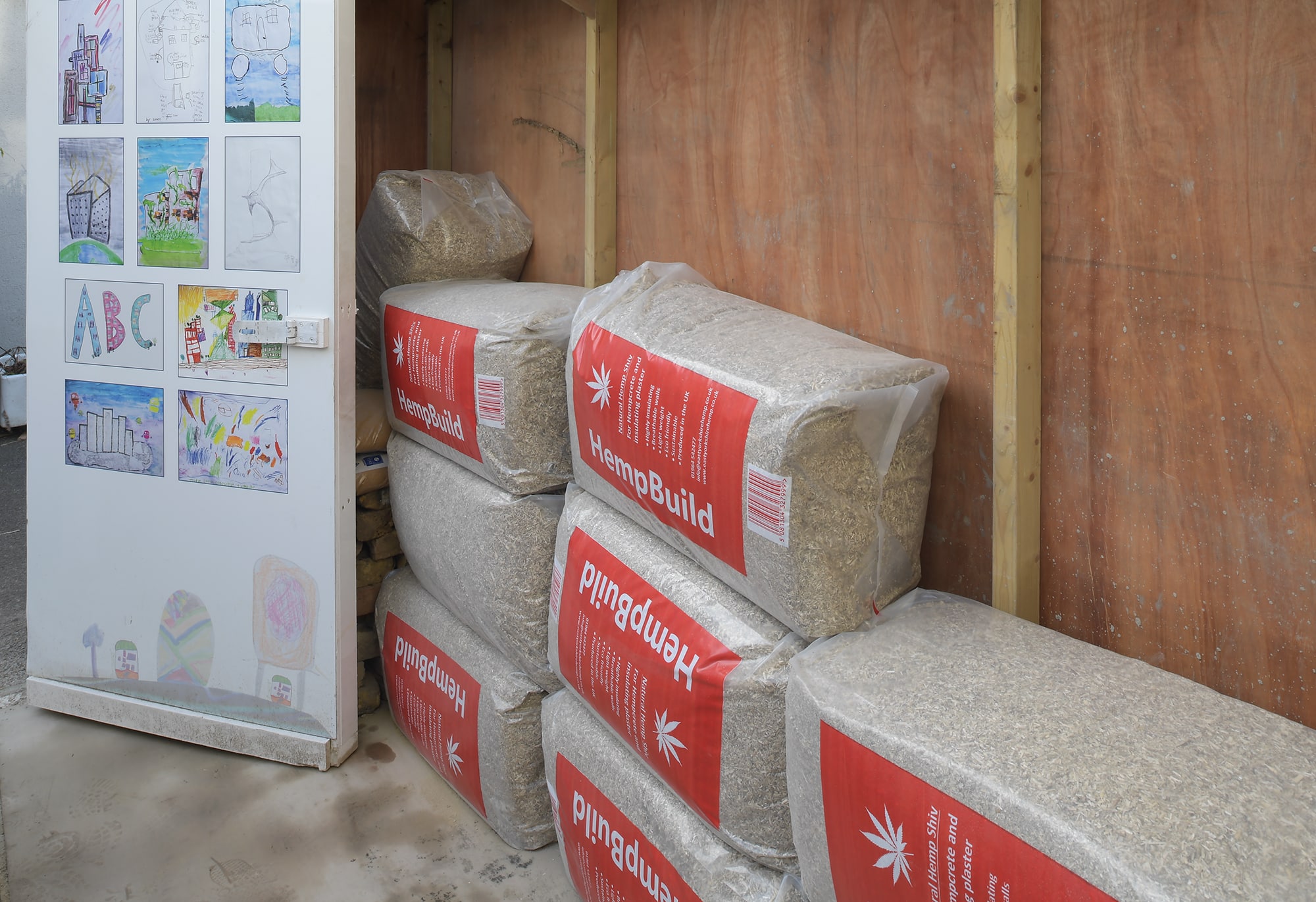
The walls were assembled using carbon-storing materials that were minimally processed compared to conventional choices. There was no insulation derived from oil or melted rocks. Instead, we used woodfibre, hempcrete and cork, with foamed glass below the slab. As the internal floor level was lowered to below the surrounding ground, plastics were still used for the robust damp proofing. This felt a sensible compromise. Bio-based materials led to a site free of toxic fumes and fibres. Contractors told me how much more they enjoyed coming to work, and how much less they coughed.
No plasterboard was used. Lining layers were omitted where possible, revealing structure and frames. Where boards were installed we used woodwool for its breathability, finished with lime plaster. This approach to linings had a surprisingly significant impact on the overall embodied carbon calculations.
The leanness and efficiency of the small project team and the less formalised working arrangements allowed us to be fleet of foot in the detailed design, adapting to the needs of the project. We had the freedom to find solutions that were specific and bespoke. Made to measure, but not the elite craftsmanship of luxury tailoring. It retains a particular humble and primitive quality.
The new walls of the extension are timber frames with exposed hempcrete infill. The hempcrete and binder were supplied by a friendly man called Graham Durrant. It is the first time we have used the material, and both Graham and David Grandorge were incredibly supportive and generous with their advice. Their kindness was invaluable.
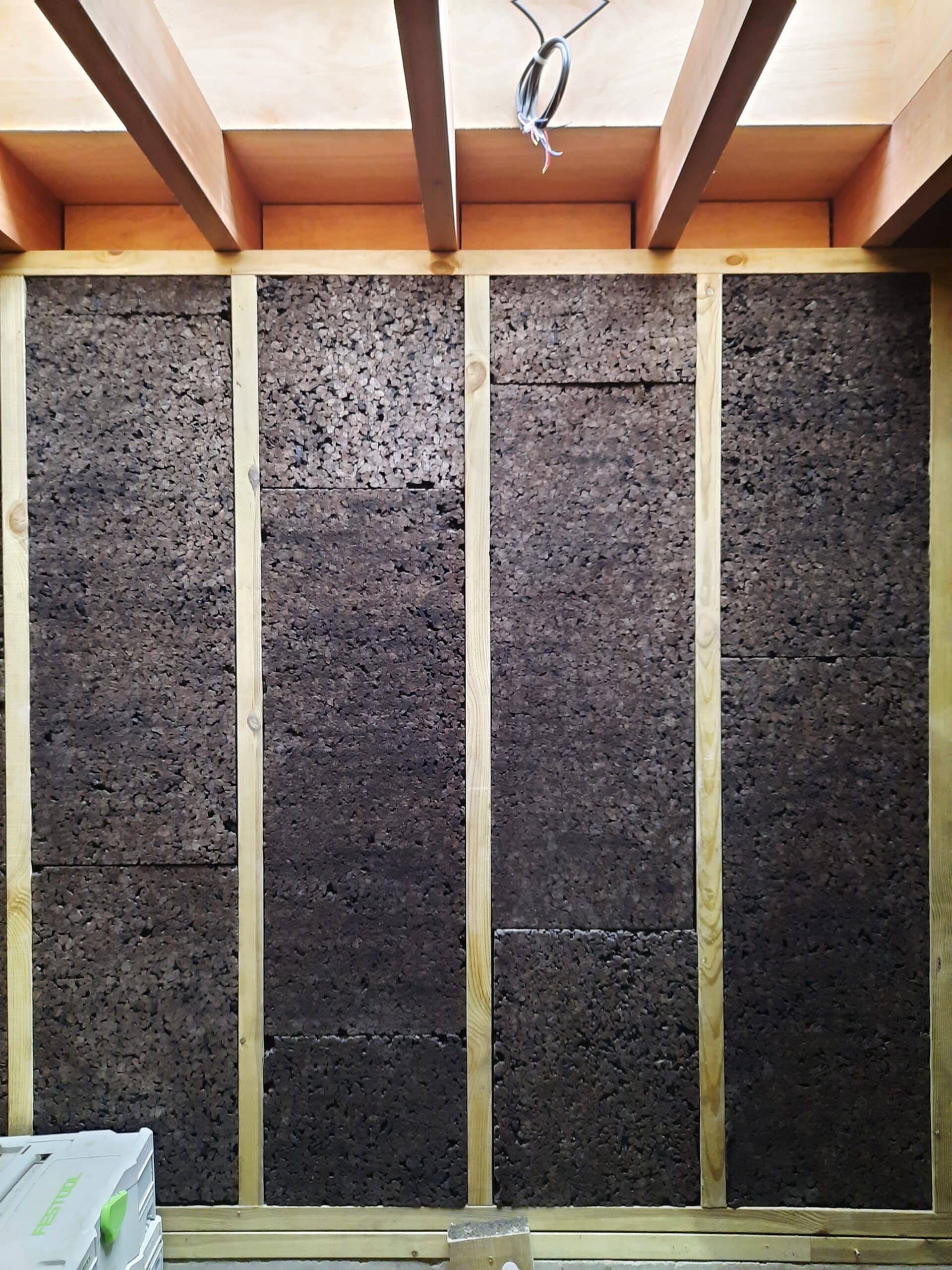
I have found that people involved with natural materials and sustainable building are often notably patient and encouraging. It seems as though the further I get from mainstream construction the more open and kind the people I find are.
A wonderful consequence of the hempcrete specification was that the contractor, client and architects could all come together and cast it by hand as a communal activity. The making was accessible to everybody as a way of building that used more human energy to use less fossil energy.
Much has been written about the benefits of using hemp in buildings. In use, its insulative quality, high thermal mass and moisture regulation are compelling. In production, its fast growth and ability to sequester twice as much carbon as trees are even more convincing. The ease and enjoyment of hempcrete installation should also not be ignored.
There is something liberating about making construction accessible to non-specialists. Here, it helped increase feelings of appreciation and understanding for the sheer toughness of building and a more tolerant attitude to processes on site of learning and teaching, and to the mistakes that are essential for these to happen.
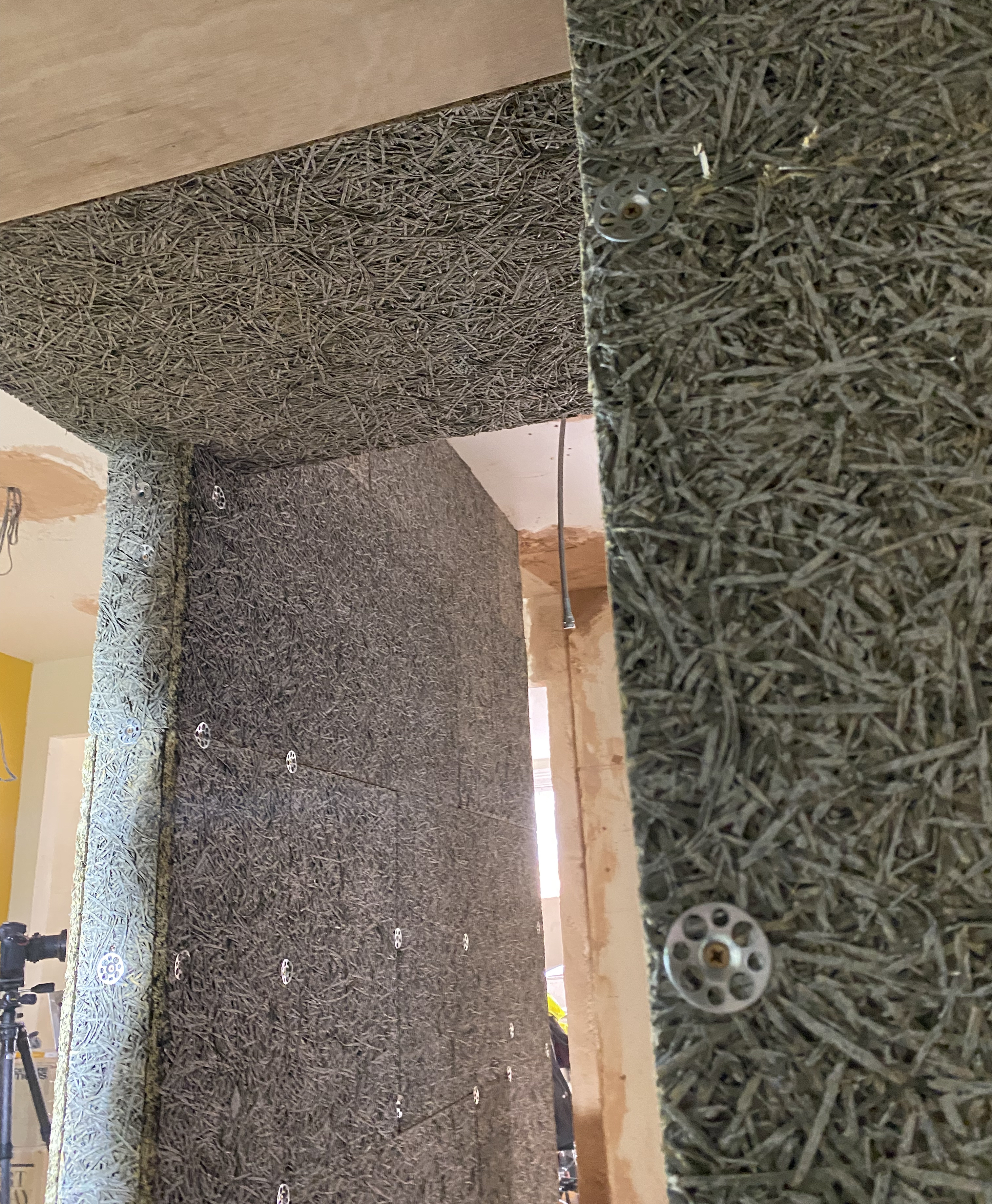
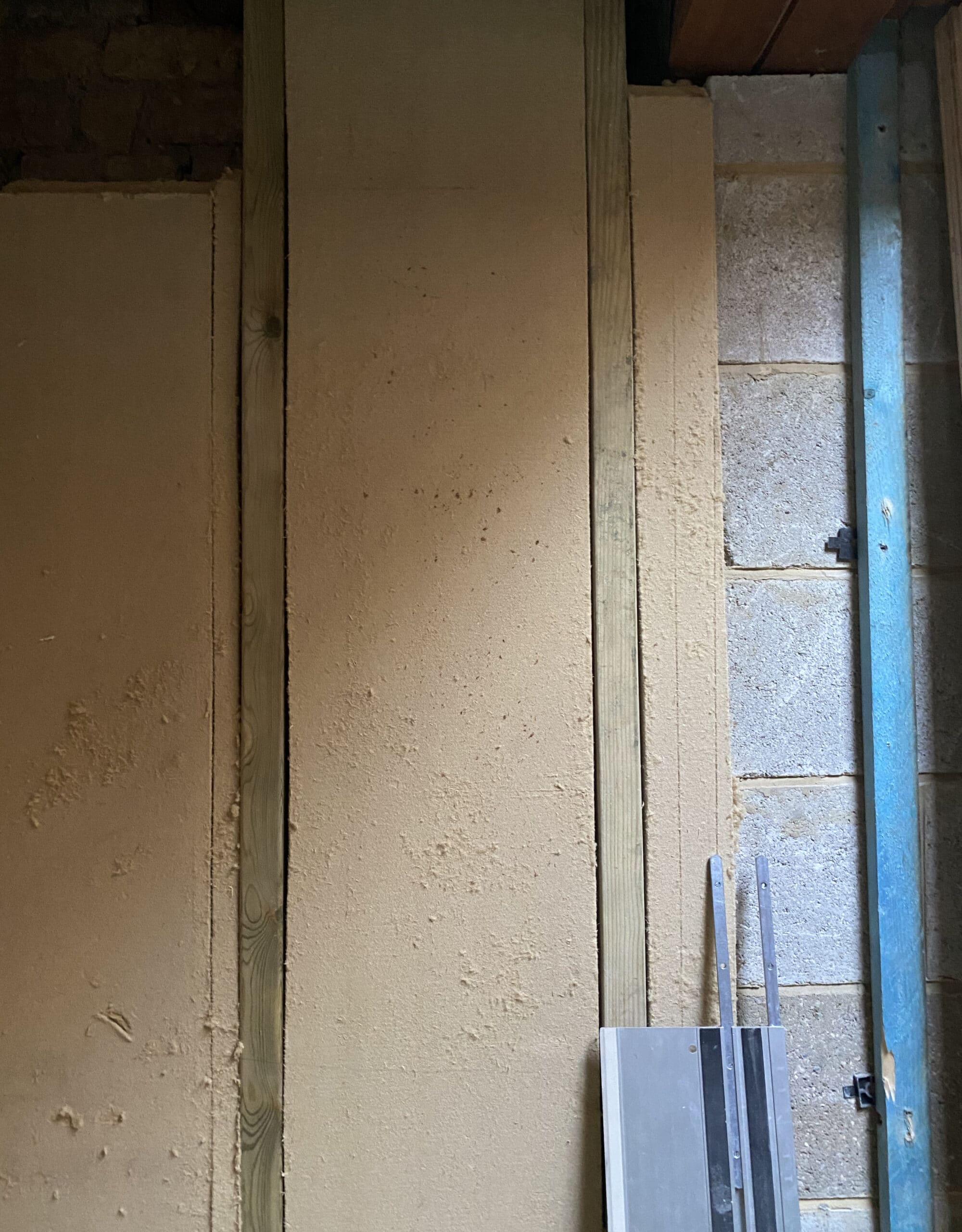
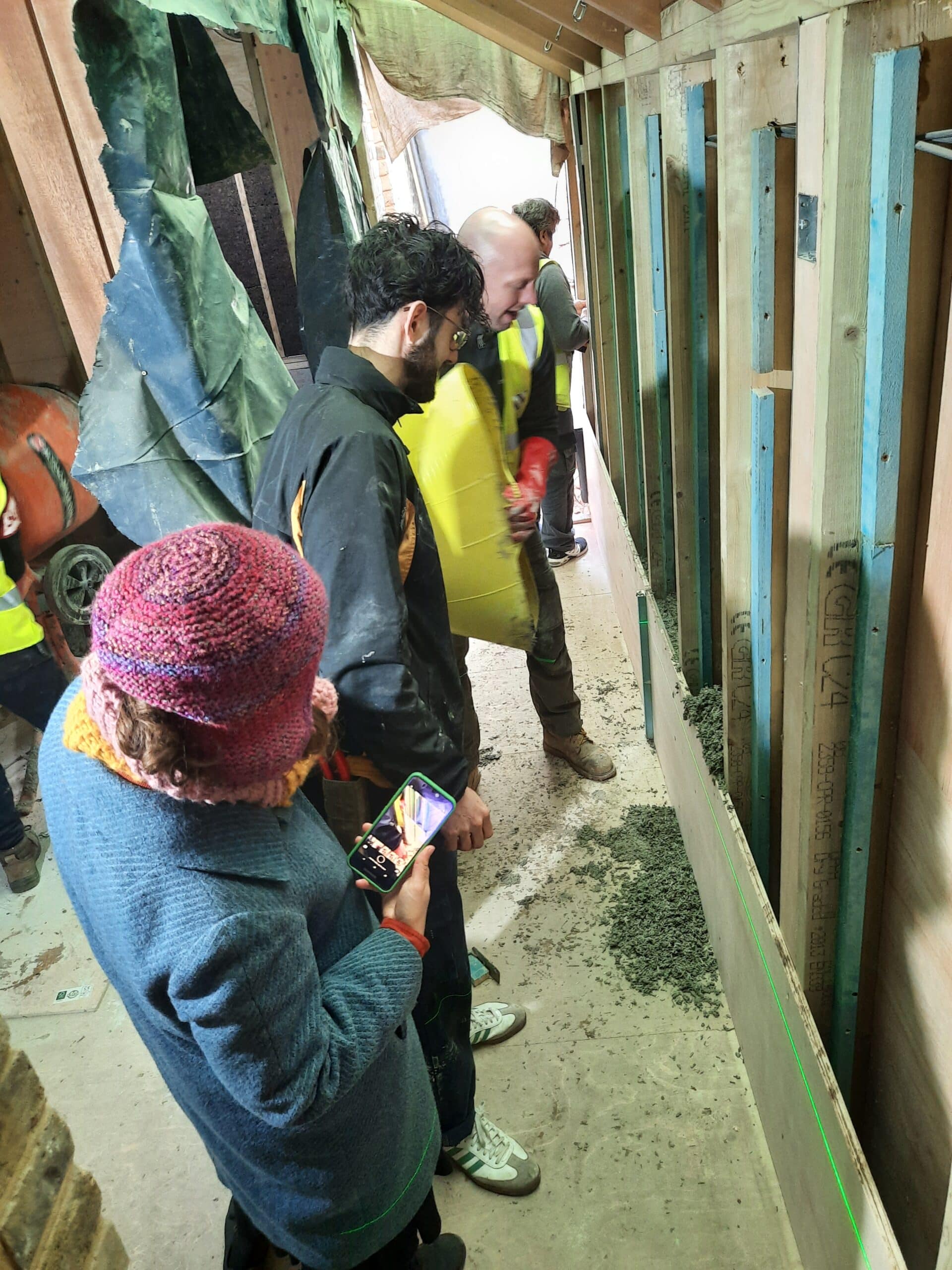
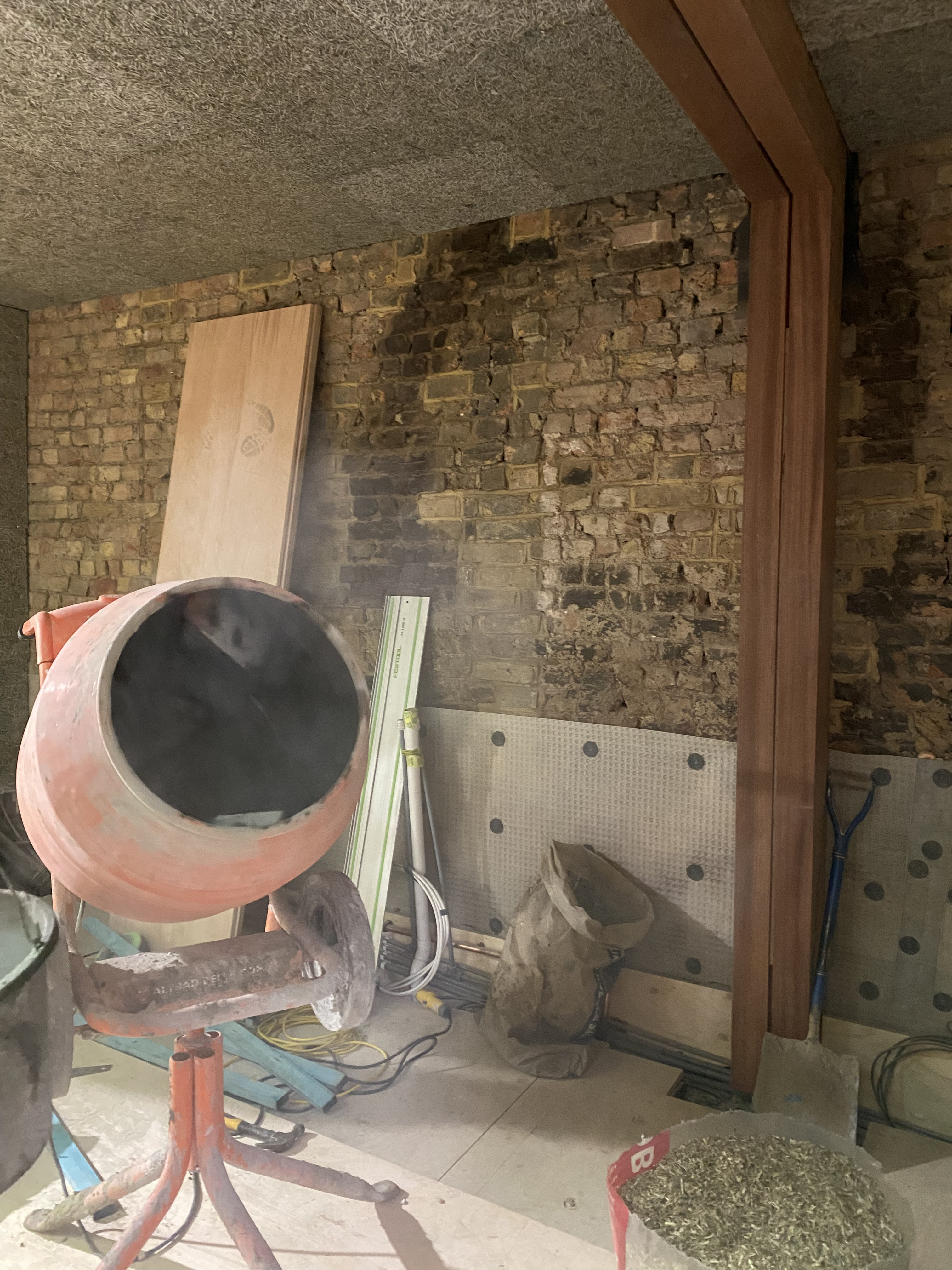
The day we cast the walls was an extraordinarily satisfying site visit. A gathering of interesting and interested people sharing a sense of excitement and pleasure in making. A good day for us and the clients, and for the contractors too it seemed; there was an enjoyment and pride for them in learning to work in these new ways.
The hemp casting brought a group together for a day, all engaged in what they were doing and interested in the process. Participation encouraged a greater sense of connection and respect that continued to be felt for the remainder of the project.
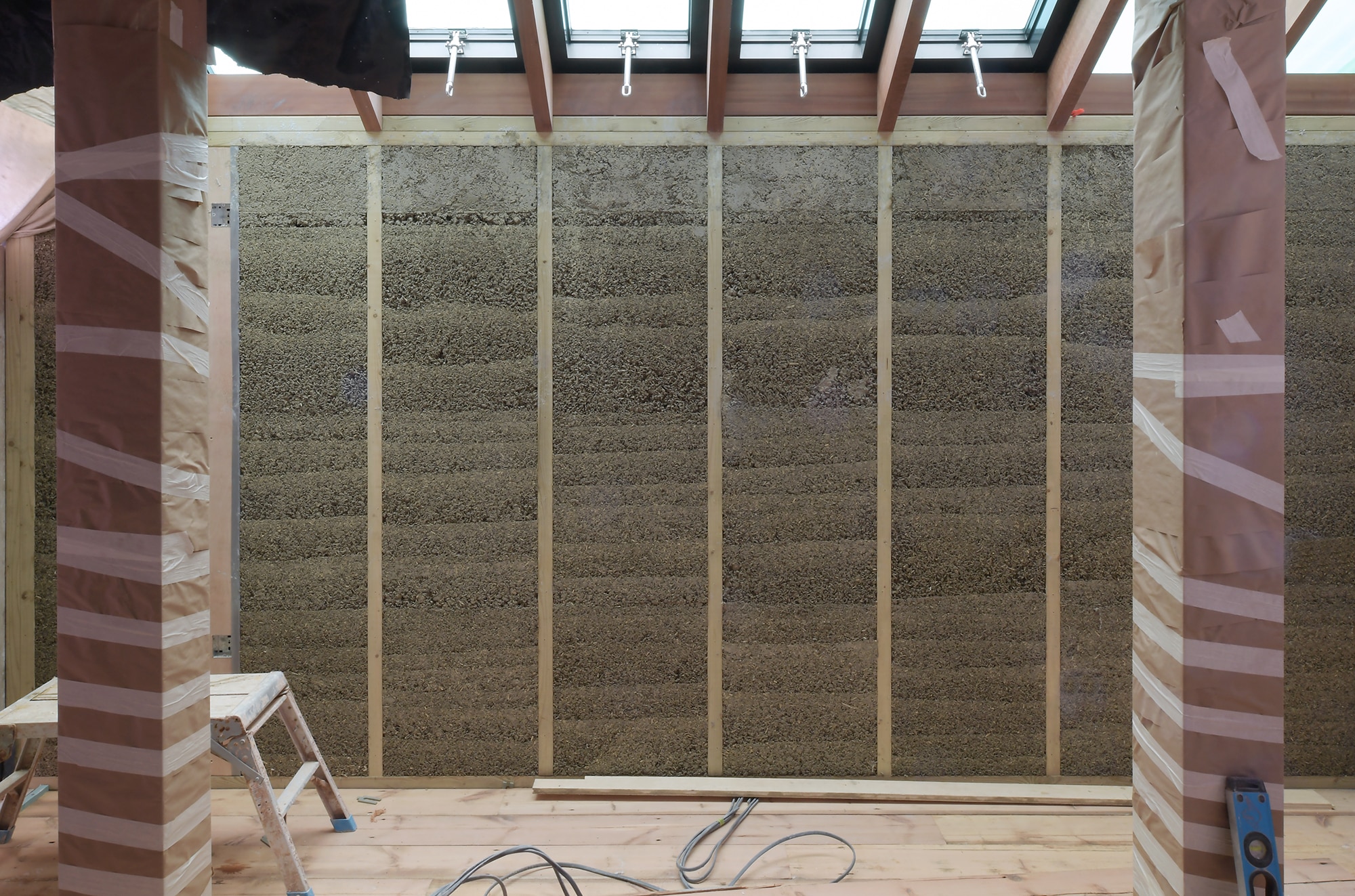
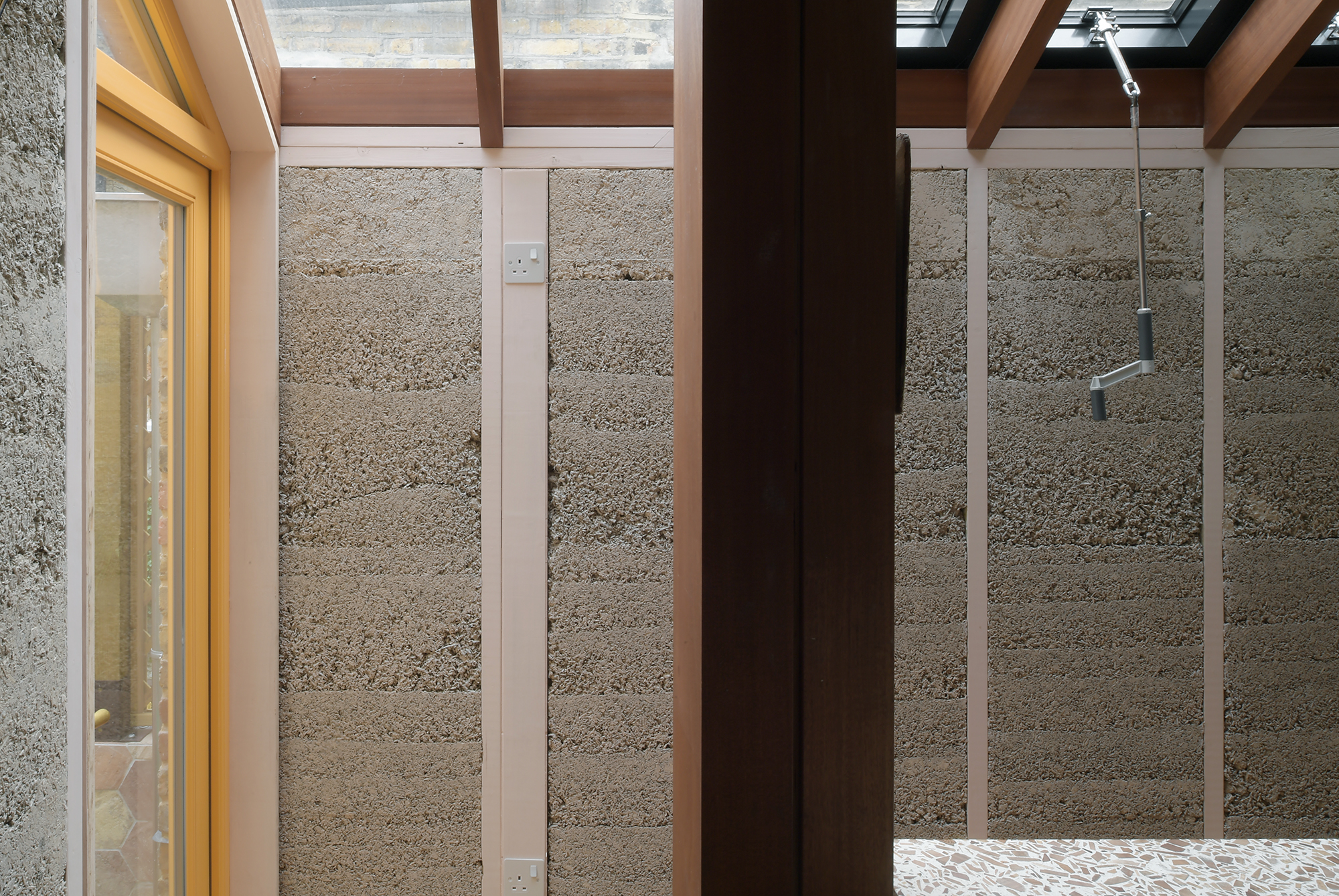
I wonder if we can find space for this more often. We are in a time when we need to build less, build with better materials and learn to find satisfaction without consuming more and more, faster. Maybe making particular parts of buildings available for communal acts of construction could help this shifting of priorities, encouraging value to be found in the process itself. Some areas will always be dangerous, or will need craftsmanship developed over years, others could be planned to be opened up to the care of supervised communities.
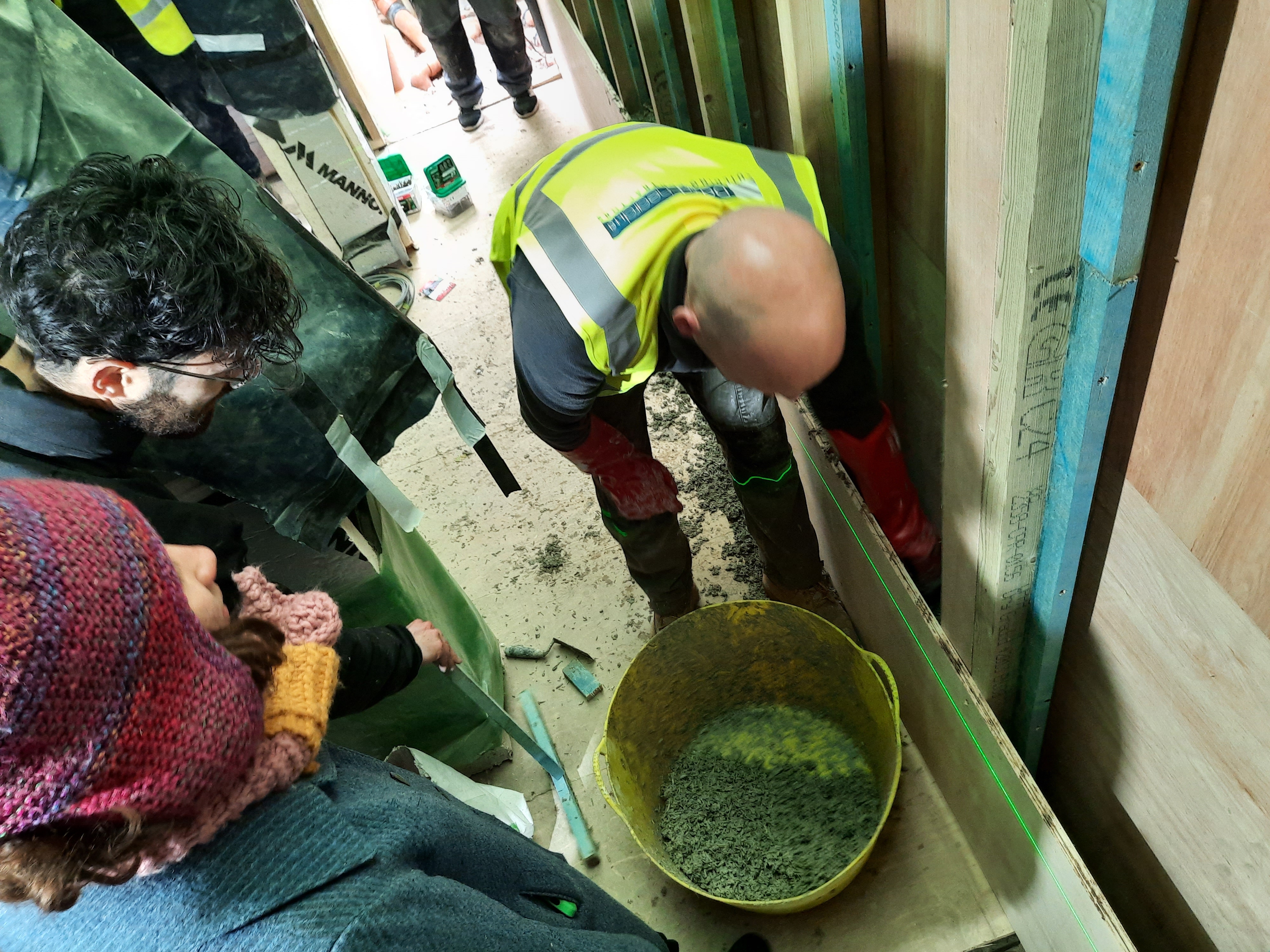
When I reflect on this commission, it is the communal processes that hold the most value for me, whether mixing hempcrete or searching for reclaimed fittings. This is also true for the more conventional projects that have felt most rewarding. On these projects, the building that is handed over at the end is almost secondary to the connected moments of life shared by people in its making.
Photos by David Grandorge of the completed project:
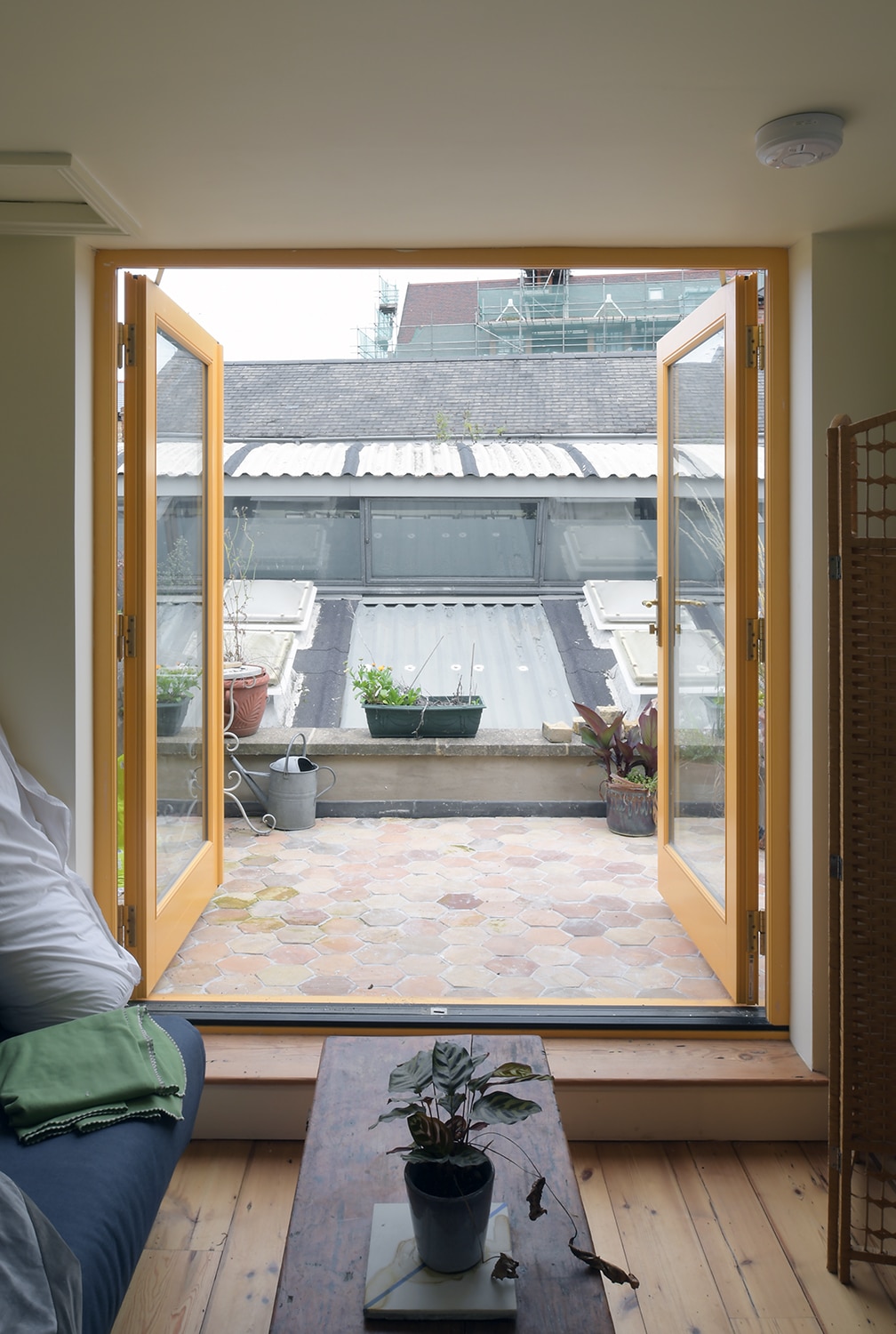
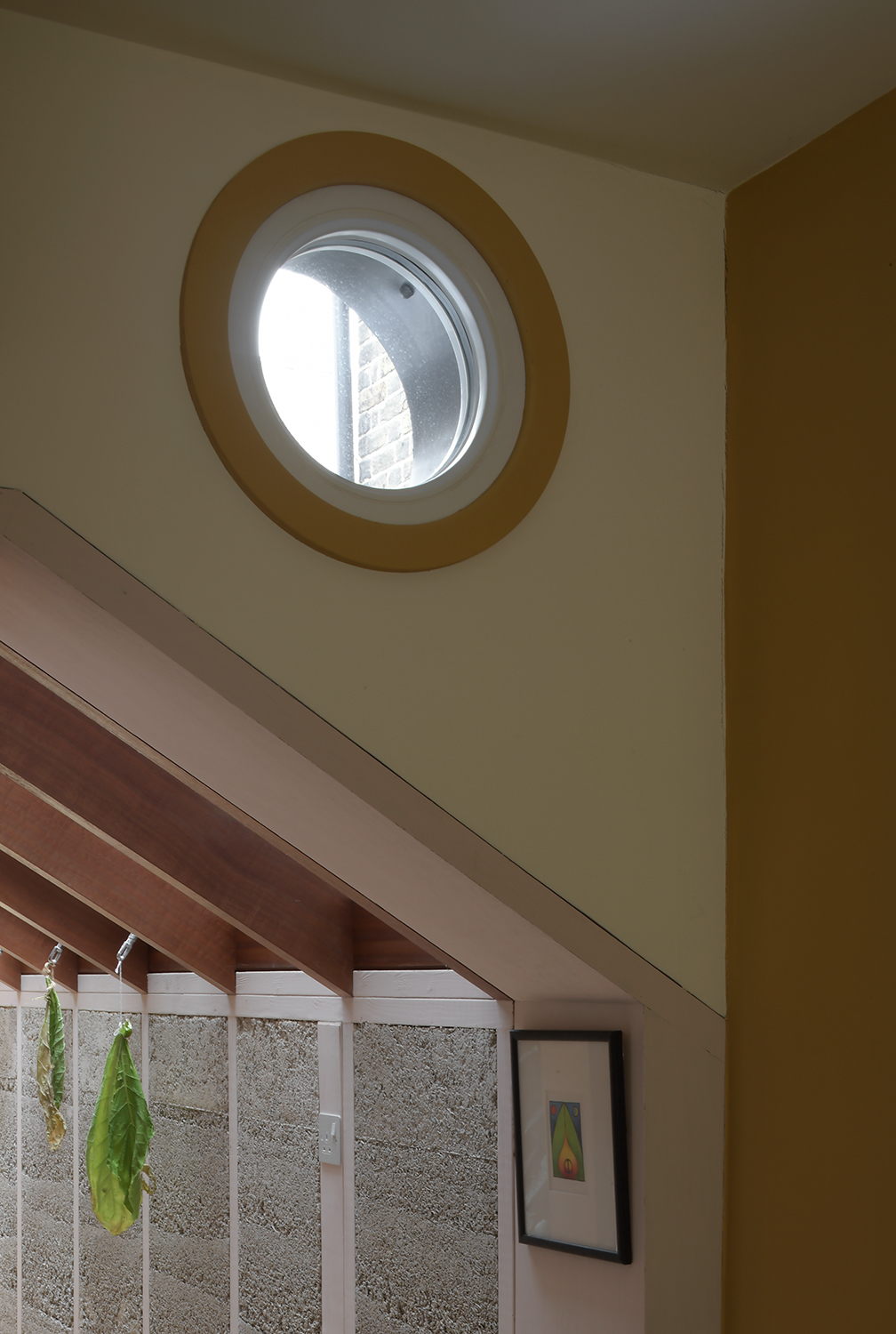
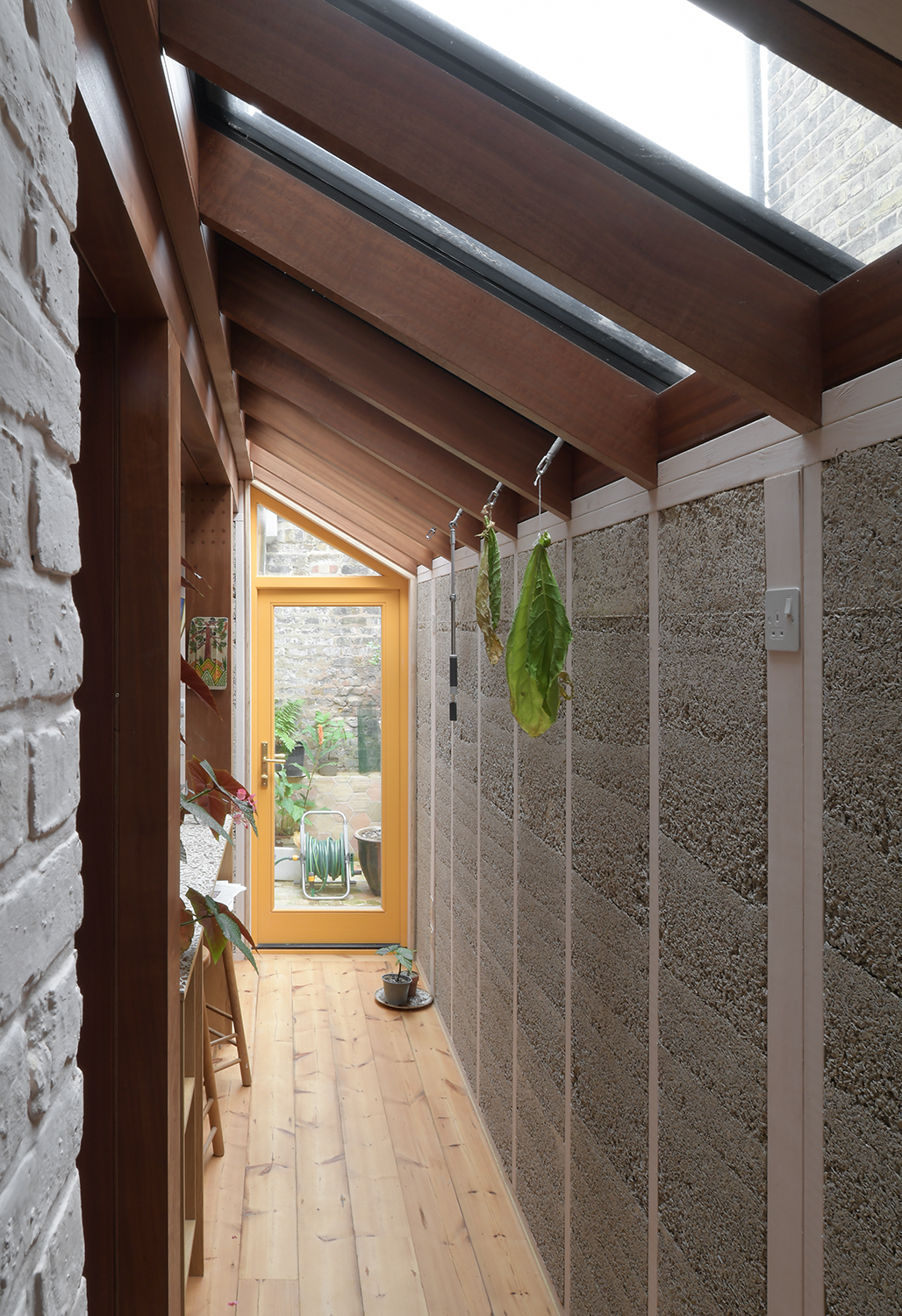
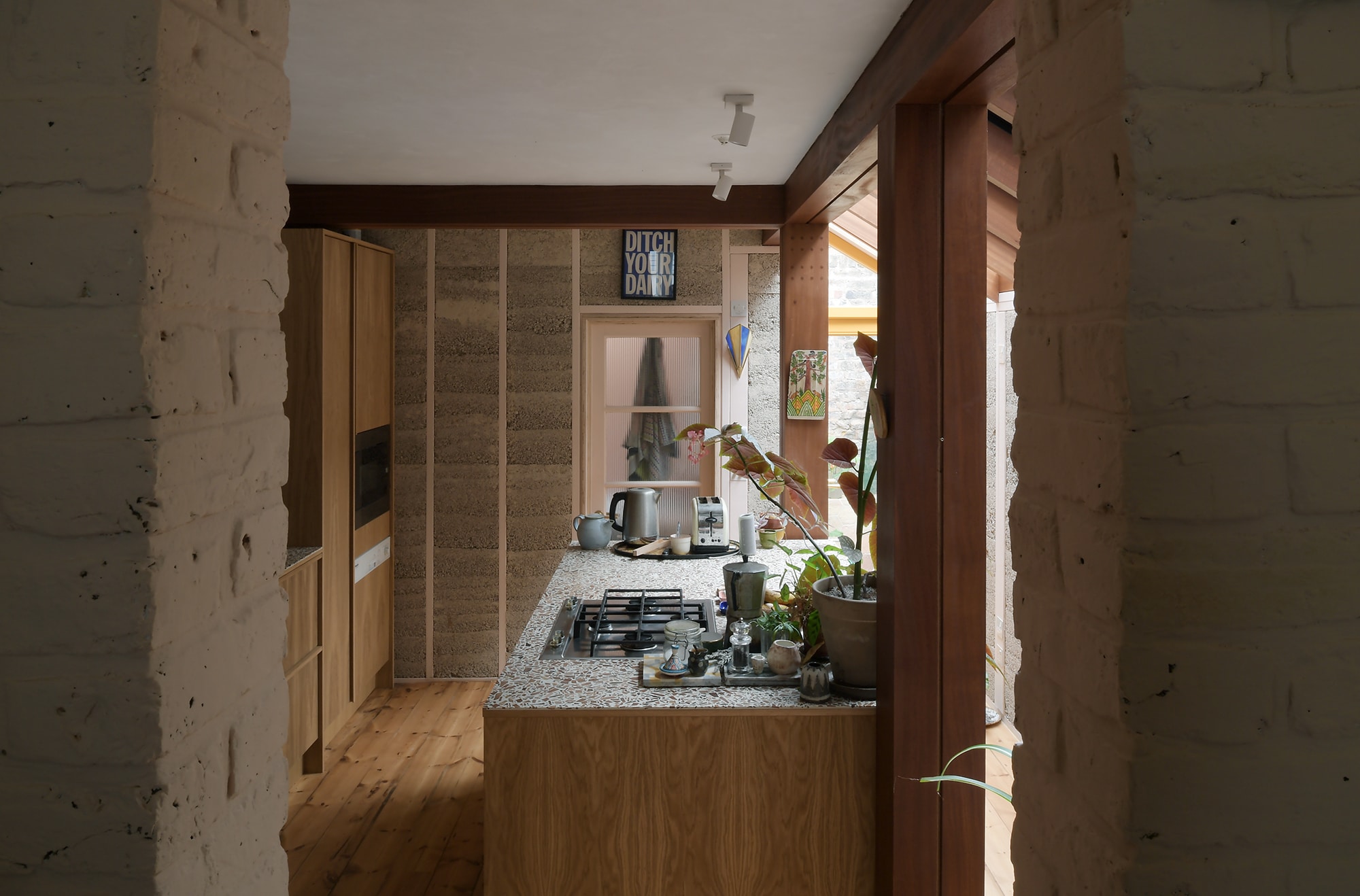
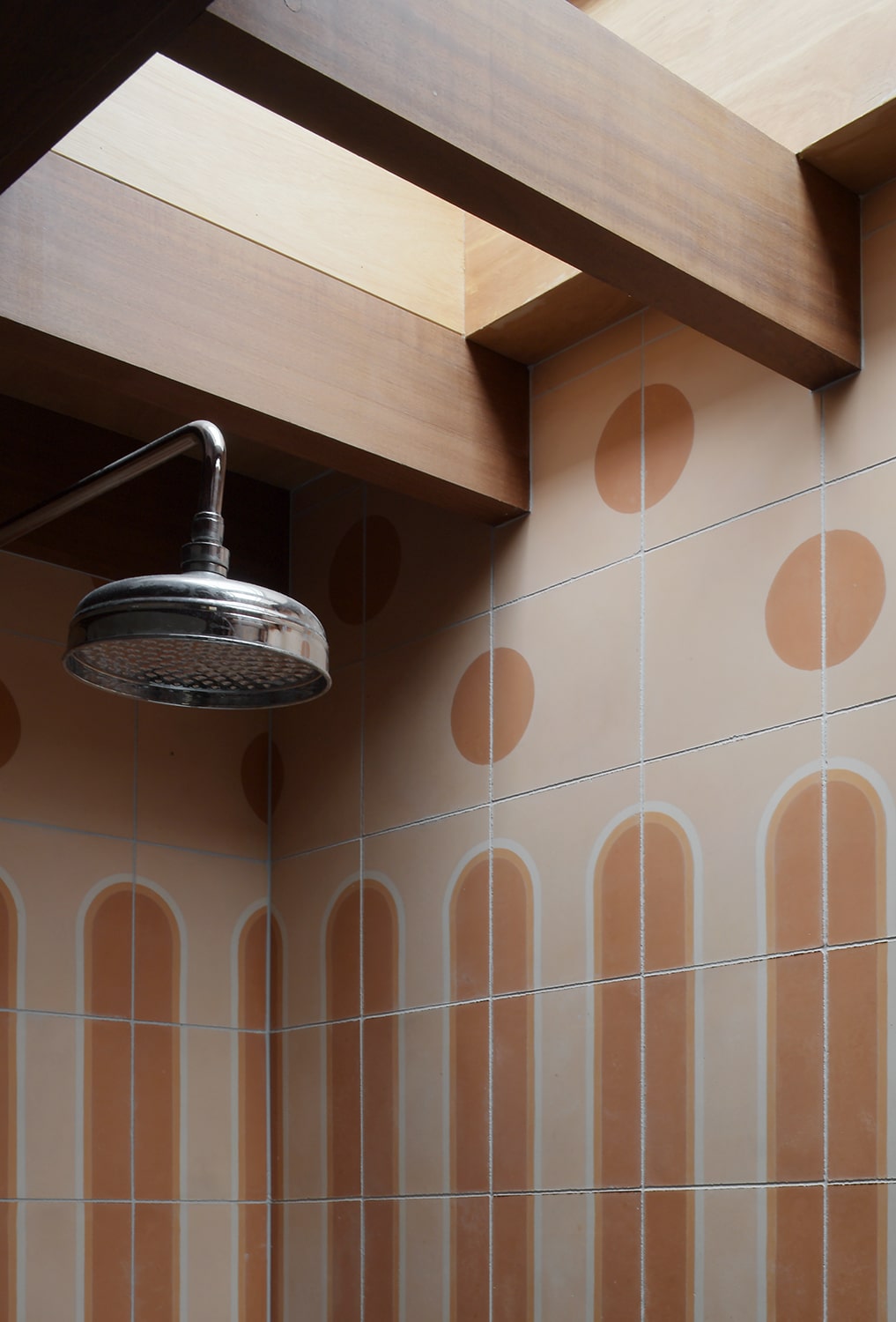


– Kieran Hawkins